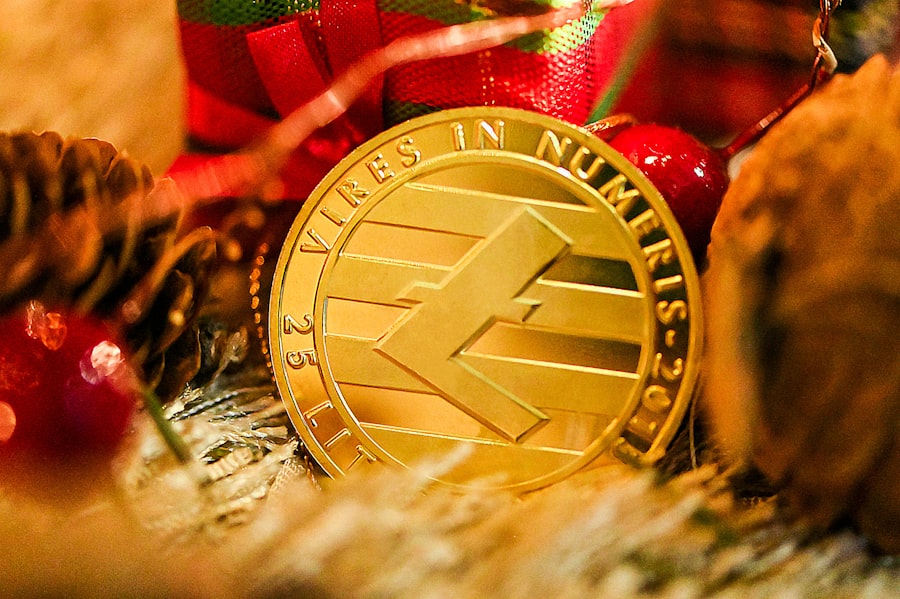The quail breeding chart is a valuable tool for quail breeders to track and monitor the breeding process of their quail. It typically includes information such as the date of mating, the number of eggs laid, the fertility rate, hatch rate, and other important data points. Understanding how to read and interpret the information on the chart is crucial for successful breeding and maintaining a healthy quail population.
The chart allows breeders to track the progress of their breeding program and identify any potential issues that may arise. By recording the date of mating, breeders can determine the approximate date when the eggs will hatch, allowing them to prepare for the arrival of the chicks. Additionally, tracking the number of eggs laid and the fertility rate can help breeders identify any potential problems with their breeding stock or environment. Overall, the quail breeding chart serves as a valuable tool for breeders to monitor and improve their breeding program.
Table of Contents
Key Takeaways
- Understanding the Quail Breeding Chart
- The quail breeding chart helps track breeding pairs, egg production, and hatch rates.
- It is a useful tool for monitoring the breeding process and identifying trends over time.
- Selecting Breeding Stock for Quail
- Choose healthy, disease-free quail with desirable traits for breeding stock.
- Consider factors such as egg production, temperament, and genetic diversity when selecting breeding pairs.
- Setting Up the Breeding Environment for Quail
- Provide a spacious and clean breeding area with proper ventilation and lighting.
- Ensure the availability of nesting boxes, feed, and water to support the breeding process.
- Monitoring the Breeding Process
- Regularly check the quail breeding chart to track egg production, fertility, and hatch rates.
- Monitor the breeding environment for any signs of stress, disease, or aggression among the quail.
- Caring for Quail Chicks
- Provide a warm and safe brooding area for quail chicks with access to food and water.
- Monitor the health and development of the chicks closely during the early stages of life.
- Troubleshooting Common Breeding Issues
- Address issues such as low fertility, poor hatch rates, or aggression among breeding pairs promptly.
- Seek advice from experienced breeders or veterinarians to troubleshoot and resolve breeding issues.
- Utilizing the Quail Breeding Chart for Future Breeding Success
- Use the data from the quail breeding chart to make informed decisions for future breeding pairs.
- Adjust breeding strategies and environmental conditions based on the insights gained from the breeding chart.
Selecting Breeding Stock for Quail
Selecting the right breeding stock is crucial for a successful quail breeding program. When choosing breeding stock, breeders should look for birds that are healthy, have good conformation, and exhibit desirable traits such as high egg production and good fertility rates. It is important to select birds from reputable sources to ensure that they are free from genetic defects and diseases.
Breeders should also consider the genetic diversity of their breeding stock to prevent inbreeding and maintain a healthy population. Inbreeding can lead to a decrease in fertility and hatch rates, as well as an increase in genetic abnormalities. By selecting breeding stock from different bloodlines, breeders can ensure genetic diversity and maintain a healthy and robust quail population.
Setting Up the Breeding Environment for Quail
Creating the right breeding environment is essential for successful quail breeding. The breeding environment should provide adequate space for the quail to mate, lay eggs, and raise their chicks. It should also be well-ventilated, clean, and free from drafts to ensure the health and well-being of the birds.
Nesting boxes should be provided to give the quail a safe and comfortable place to lay their eggs. The nesting boxes should be filled with clean, dry bedding material such as straw or wood shavings to provide a suitable environment for egg laying. Additionally, the breeding environment should be equipped with proper lighting to stimulate egg production and encourage mating behavior.
Monitoring the Breeding Process
Monitoring the breeding process is essential for identifying any potential issues and ensuring the success of the breeding program. Breeders should regularly check the nesting boxes for eggs and record the number of eggs laid each day. This information can be used to track egg production and identify any changes in laying patterns.
Breeders should also monitor the fertility rate by regularly checking the eggs for signs of fertility, such as blood vessels or embryo development. By monitoring the fertility rate, breeders can identify any potential issues with their breeding stock or environment and take corrective action if necessary.
Caring for Quail Chicks
Once the quail chicks have hatched, it is important to provide them with proper care and nutrition to ensure their health and well-being. The chicks should be kept in a warm and draft-free brooder with access to clean water and a high-quality chick starter feed. It is important to monitor the temperature in the brooder to ensure that it remains at an appropriate level for the chicks’ development.
Breeders should also provide the chicks with proper lighting to stimulate growth and development. Additionally, regular monitoring of the chicks’ health and behavior is essential to identify any potential issues and provide timely intervention if necessary.
Troubleshooting Common Breeding Issues

Breeding quail can come with its own set of challenges, and it is important for breeders to be prepared to troubleshoot common breeding issues. Low fertility rates, poor hatch rates, and egg production problems are some of the common issues that breeders may encounter. These issues can be caused by a variety of factors such as genetics, nutrition, environmental conditions, or disease.
To troubleshoot these issues, breeders should carefully evaluate their breeding stock, nutrition program, and environmental conditions. Making adjustments to these factors can help improve fertility rates, hatch rates, and overall breeding success. Additionally, consulting with experienced breeders or avian veterinarians can provide valuable insights and guidance for troubleshooting common breeding issues.
Utilizing the Quail Breeding Chart for Future Breeding Success
The quail breeding chart serves as a valuable tool for future breeding success by providing breeders with important data points to analyze and improve their breeding program. By reviewing the information on the chart, breeders can identify trends, patterns, and potential issues that may impact their breeding success. This information can be used to make informed decisions about breeding stock selection, nutrition programs, and environmental conditions.
Furthermore, the quail breeding chart allows breeders to track the performance of individual birds and bloodlines over time. This information can help breeders make informed decisions about which birds to retain for future breeding and which birds to cull from their breeding program. By utilizing the information on the quail breeding chart, breeders can continuously improve their breeding program and maintain a healthy and productive quail population.
In conclusion, understanding how to read and interpret the quail breeding chart is essential for successful quail breeding. Selecting the right breeding stock, creating a suitable breeding environment, monitoring the breeding process, caring for quail chicks, troubleshooting common breeding issues, and utilizing the quail breeding chart for future breeding success are all important aspects of successful quail breeding. By following these guidelines and utilizing the quail breeding chart effectively, breeders can maintain a healthy and productive quail population for years to come.
If you’re interested in quail breeding, you may also want to check out this informative article on creating a portable chicken coop for your backyard at PoultryWizard. It offers valuable insights into designing a coop that can be easily moved around your garden, which could be beneficial for quail breeders looking to provide their birds with fresh foraging areas.
FAQs
What is a quail breeding chart?
A quail breeding chart is a tool used by quail breeders to keep track of the breeding process of their quails. It typically includes information such as the breeding pairs, hatch dates, egg production, and other important breeding data.
Why is a quail breeding chart important?
A quail breeding chart is important because it helps breeders keep track of the breeding process, monitor the productivity of their quails, and make informed decisions about their breeding program. It also allows breeders to identify trends and patterns in their quail breeding activities.
What information is typically included in a quail breeding chart?
A quail breeding chart typically includes information such as the breeding pairs, hatch dates, egg production, fertility rates, hatch rates, and any other relevant breeding data. Some breeders may also include information about the health and growth of the quail chicks.
How can a quail breeding chart help improve breeding success?
By keeping track of important breeding data, a quail breeding chart can help breeders identify successful breeding pairs, monitor the productivity of their quails, and make informed decisions about their breeding program. It can also help breeders identify and address any issues that may be affecting breeding success.
Are there any specific tips for creating and using a quail breeding chart?
When creating a quail breeding chart, it’s important to include all relevant breeding data and to keep the chart updated regularly. Breeders should also consider using color-coding or other visual aids to help identify trends and patterns in the breeding data. Additionally, it’s important to use the information from the chart to make informed decisions about the breeding program.
Meet Walter, the feathered-friend fanatic of Florida! Nestled in the sunshine state, Walter struts through life with his feathered companions, clucking his way to happiness. With a coop that’s fancier than a five-star hotel, he’s the Don Juan of the chicken world. When he’s not teaching his hens to do the cha-cha, you’ll find him in a heated debate with his prized rooster, Sir Clucks-a-Lot. Walter’s poultry passion is no yolk; he’s the sunny-side-up guy you never knew you needed in your flock of friends!







